Trump ran his campaign on the promise to deport millions of migrants, refugees, and asylees. How is he doing?
So far, it’s bluster and a mad scramble to hit deportation targets. At present rates there is no prospect of deporting a million, much less the millions promised throughout Trump’s 2024 campaign. Trump isn’t happy, and a relaunch is underway. What does Immigration and Customs Enforcement (ICE) need to fulfill Trump’s fevered deportation dreams? $ Billions more, yes, but in New York it all rests on local law officers, especially county sheriffs.
The opening salvos in Trump’s deportation drive were impressive: the Laken Riley bill, passed with the support of 48 Democratics, turned accusations of minor crimes such as stealing diapers, a slice of pizza, or squatting in an empty building into criminal, deportable convictions. More eye-catching were made-for-TV spectacles of ICE teams dispatched into their feared zones of “sanctuary” cities. In Chicago it was Dr. Phil traipsing after ICE officers with a media posse in tow, in New York City it was Homeland Security Secretary Kristi Noem riding along with bulletproof-vested officers into the heart of the Bronx. Then came the attack on the international students at visibly elite universities, from Mahmoud Khalil at Columbia to Momodou Taal at Cornell.
Meanwhile proclamations issue forth announcing the termination of longstanding immigration agreements and regulations, turning people with residential status into illegal criminals. One after another Trump and his appointees announced the elimination of birthright citizenship, asylum appointments, refugee admissions, temporary protect status, parole granted to Haitians, Cubans, Nicaraguans, and Venezuelans among others, and student visas and green cards.
Yet the results to date have been thin. Planned before Trump came into office, the lurid big raids that produced nearly 2,000 ICE arrests a day in late January fell away. ICE’s easy target lists are empty. By mid-February arrests had fallen to fewer than 600 per day, far below the 2700 needed to reach one million a year. ICE stopped reporting figures. Kristi Noem removed top law enforcement officers at ICE. In Trump’s first term total deportations reached 1.5 million, half as many as in Obama’s first term. The latest March data show that at the current pace it’s hard to imagine these levels ever being reached.
Will Sheriffs Ride to the Rescue?
A baseline flow of deportations does continue from the everyday and unnoticed arrests conducted by city, county, and state law enforcement officers. Stop someone on a highway or a city street and hold them for a misdemeanor, and their fingerprints can be taken and made available to ICE databases as part of the booking process. Any success by ICE in driving deportation numbers exponentially upward depends however on a radical change in local police support. County sheriffs and city police officers would need to take on the grinding task of seeking out and arresting those wanted by ICE and holding them in county jails.
It is this imperative to mobilize local police that led to the dropping of Federal corruption charges against New York City Mayor Adams: it is access to the files and cells of Rikers Island that ICE needs most. And Trump’s much publicized threat to prosecute the Sheriff of Tompkins County, home to Cornell University and Ithaca, one of New York State’s few “sanctuary cities”? His crime: releasing an undocumented man after his sentence was served.
Yet New York’s local police and sheriffs already cooperate readily with ICE. ICE was told of the Ithaca man’s pending release and given every opportunity to obtain him but failed to do so. New York Governor Hochul, New York City Mayor Adams and local police chiefs and county sheriffs regularly state they do report to ICE undocumented persons that fall under their control. What ICE wants is much more. But how to entice or force sheriffs and local police chiefs to submit to the direct supervision of ICE and reallocate their officers to some or all of the ICE tasks of searching out, capturing, arresting, housing and transporting more migrants, refugees, and asylees?
Relaunching the 287(g) project
Homeland Security has long tried to bind together sheriffs, city police, and ICE. Since 1996 the 287(g) program has allowed Homeland Security to train and deputize local officers to identify, process, and detain undocumented persons. The most infamous example remains Maricopa, Arizona Sheriff Joe Arpaio’s use of 287(g) authority to racially profile and illegally detain Latinos, for which he was convicted in 2012 only to be pardoned by Trump in 2017.
The majority of sheriffs, county governments, and police have rejected such alliances, fearing the loss of control over their own forces, the hostility and noncooperation of their own poor and migrant residents, and lawsuits over racially and ethnically discriminatory stops and arrests. Fewer than 100 of the over 15,000 local police and sheriff’s offices participated at the end of Trump’s first presidency. As 2025 dawned, only one of New York’s 62 counties, Rensselaer, had a 287(g) agreement with Homeland Security.
The new administration promises to do better. On January 20th Trump issued Executive Order (EO) 14159, Protecting the American People Against Invasion, authorizing ICE to expand and enforce 287(g) authorizations. Several states including Georgia and Florida are moving to require all local law enforcement agencies to participate. New 287(g) models now exist for three modes of engagement: training local officers to take on full ICE duties and powers, participation in multi-agency deportation task forces, and housing ICE detainees and enforcing ICE powers in local jails. The returns so far are mixed. New cities and counties have joined, largely from southern and western states, most notably Texas and Florida.
And New York? In February Nassau County signed a 287(g) agreement, setting aside 50 jail cells for migrants and deputizing 10 detectives to make immigration arrests outside the jail. The New York Post, ever agitating for more law and order, enthusiastically promoted the model: “Rensselaer and Nassau—the only two New York Counties that partner with ICE so closely—provide blueprints for local leaders statewide.” In February 2025 one more joined the effort, the Lake Placid police department (although it has since disappeared from online listings). In March 2025 the Broome County Sheriff, long a Trump supporter, announced he would participate in the Warrant program but only to serve ICE warrants on persons already in his jail. The other 59 of 62 New York counties remain outside the program as do city police forces. It’s a slow pace. Diverting local officers to ICE duties and supervision still remains, it seems, unattractive in both urban and rural counties.

Follow the Detention Money: $ Billions
Trump’s not giving up: attacks on migrants remained the centerpiece of his recent speech to Congress. What is needed to turn this around seems to be cold hard cash. “Border Czar” Tom Homans tells Congress ICE is out of money and he needs more money, more agents, and soon. Republican budget bills propose up to $175 billion for immigration and border enforcement; ICE’s entire budget in 2024 was $8.5 billion. But will even a fraction of the promised billions make the difference in locating, detaining, housing, and deporting people?
The problem is not detention space, not with the funding on offer. The are plenty of empty public and private prisons, county jails, military bases, and even college dormitories. Jails are particularly attractive as staffed and approved incarceration spaces, and jail populations have fallen significantly. And sheriffs, unlike police chiefs, are independent operators, largely free from external controls. They cannot be recalled. Many have long been Trump supporters. Many sheriffs have long had Intergovernmental Service Agreement contracts to incarcerate persons for the United States Marshals Service (USMS) and ICE (e.g. Broome, Tioga, Albany counties). In 2018 USMS paid local jails $1 billion to hold pretrial detainees, while ICE paid $340 million to detain migrants.
In New York it has been a steady revenue stream for county budgets. As the Sheriff of Albany county put it in 2018, “When we bring boarders in that offsets the cost of the county jail. The county jail for Albany is about $40 million, so this year I’m anticipating bringing in about $8 million so obviously that’s going to drop the tax burden on the taxpayers;” $4.5 million of that was for ICE detainees. Federal prisoners and detainees occupy over half the cells of the Yates County jail in New York’s Finger Lakes region in 2025. The 2025 Livingston County budget openly proclaims “The jail is still a revenue generator for the county.” In larger counties like Broome along the State’s Southern Tier—with the highest incarceration rate of any of the state’s 62 counties—holding a few dozen persons on Federal charges generates a $1 million or more per year for the Sheriff.
How many of these migrants, asylees, and undocumented persons are and might be held in jails? We don’t know. For years the Transactional Records Access Clearinghouse has studiously collected and disseminated detention data, only to be stalled momentarily after Syracuse University removed its files from University servers. It is now available via a new independent home. Its latest report concludes it is impossible to determine who is being arrested, targeted, and deported and as for the future “just what will actually occur remains uncertain.”
Disappearing People

And now more people simply disappear as 287(g) agreements expand. Under previous Biden and Trump regimes undocumented persons were already often held on Federal criminal, rather than ICE charges. This literally disappears people as I found out when a dairy farmworker wrote to me upon the advice of an incarcerated man in a county jail. I could not find him in local sheriff’s listings, ICE detainee locators, or Federal Bureau of Prisons locators. He didn’t exist. Removed and dispatched far from his family he had become, as in so many in authoritarian regimes, isolated and alone, invisible, living in a caged space hidden from family, friends, and allies.
Cross the northern, Canadian border, or even worse in the eyes of Federal and ICE authorities, assist someone to do, and one is sentenced to one or more years in a Federal prison. Sitting in a Federal courthouse in February I watched as the diminutive dairy farm worker, shackled at the waist, hands, and feet, stumbled into the courtroom. His employer sent a letter praising his high skill levels and valued labor. He testified he had come back to the US to see his sick wife and to be a good father to his children. To this the Federal judge violently denounced him and sentenced him to over a year in a Federal prison—after which will be deported to Guatemala. Back to the Broome County jail he went, to be transferred 3 weeks later to the Delaware County jail, where now sits awaiting transfer to a Federal prison. Yet this is no model for increasing deportations. As a Federal Public Defender told me, if we take these cases to trial the (Federal) court system will collapse.
More insidious and hidden is the incipient formation of New York’s very own gulag archipelago as persons captured for deportation are diverted and fed into an ICE transportation network. One node is Broome County jail, where people arrested in central, northern and the southern Tier regions are now being transported. New York has only one detention center in New York State in Batavia near Buffalo with a capacity of 650. Reports from inside the Binghamton jail recount a constant inflow of ICE detainees into and then outward by bus loads to the ICE detention center in Boston.
How many are crisscrossing the state? Local Broome activists estimate over 100 persons have circulated through their jail in only a few weeks, most likely the results of a series of ICE raids across Buffalo, Rochester and the far North that captured over 130 persons. Cells in the Broome jail now have double bunking with multiple pods of 50 people being dedicated to ICE and other Federal prisoners. Why Broome? Expanded in 2016 to cage 600 persons, the jail in the last several years has regularly held half that number of local residents and is fully equipped with disciplinary and medical units. Lacking any records of admissions, we and their families do not know what charges persons are held on, when and how long they are housed, and where they are headed to within New York, the United States and beyond. Disappearing people has now been institutionalized.
Still, this level of cooperation between Federal, state, and local law enforcement remains unable to generate the numbers that Trump demands. What ICE needs is officers to search out individuals on a massive scale, and there are only 5,500 trained ICE agents around the county. New York State alone has over 55,000 officers employed by cities and counties. Will political pressure from Trump, vast sums of money, and threats to cut Federal funding alter the calculations of county sheriffs and municipal police chiefs? Will they take on the duty of searching out, capturing, arresting and housing more migrants, refugees, and asylees? Media spectacles targeted at sanctuary cities and leading anti-Trump activists will undoubtedly continue. Large scale deportation will require much more. Will the funding and political pressure be successful?
Who Fights the Sheriff?
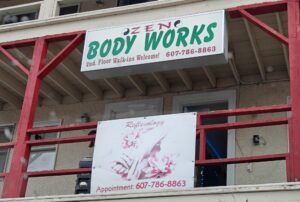
The state trooper came up to my car, leaned in and asked: “Are you here for massage”? I fit the profile: an older white male pulling into the parking lot in front of an Asian massage parlor. He was there with a covey of FBI, Homeland Security and NY State troopers while helicopter and highway patrols lurked in the distance. I had been called out on the morning of February 27, 2025, as part of my community’s nascent rapid response team, alerted to a possible ICE raid. Any arrests had already been made and dispatched. No press releases or police reports have appeared although the raid was noted in local media; the FBI had no comment. Rumors of Asian women being admitted and kept only overnight in the local jail circulated. Without names and booking numbers, it is impossible for local jail activist groups like Justice and Unity for the Southern Tier to find them and assist.
This small incident is but one sign of the emergence of a widespread grassroot support movement across the country. New York City, a longstanding center of resistance and protest, captures the headlines. Less visible is blossoming of new groups in New York’s small and large towns, marshalling support for migrants, refugees, and asylees. Know-your-rights training workshops for migrants and allies have taken place across the state by the Immigrants’ Rights Coalitions, the ACLU, various college migrant rights clinics, the Cornel Farmworkers Project, the Rochester Rapid Response Network, and the Syracuse Immigrant and Refugees Network among others. Latin American students are rallying at colleges and universities. A statewide rapid response network is growing month by month, stretching from Batavia, Buffalo and Rochester in the west, to Syracuse in the center of the state, to Ithaca and Geneva in the Finger Lakes region, to Binghamton along the state’s Southern Tier. Advocates and abolitionists from New York City to the upstate Jails Justice Network are lobbying in Albany for the New York for All Act which would outlaw all local law enforcement working with ICE everywhere in the state. Testimony in city and county legislatures against any engagement by local sheriffs, jails, and city police forces grows. Protests against Sheriffs engaged with 287g have taken place in Binghamton, Ithaca, Rochester, Long Island, and Syracuse among others. A townhall hosted by the Broome County Sheriff was disrupted by scores of persons protesting the Sheriff’s agreement to house scores of detainees in secret. In Sackets Harbor, population of 1400, over 1,000 marched to the home of “Border Czar” Tom Homans protesting the seizure from a dairy farm of a 3rd grader and his family. As Trump marshals his forces, so too does resistance advance. As uneven as it is, the battle has been joined.



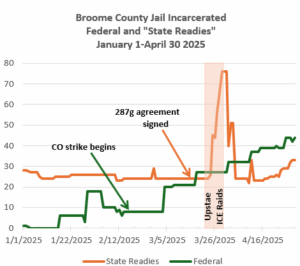
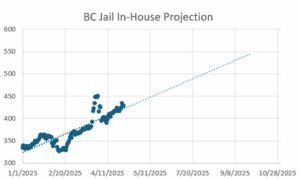


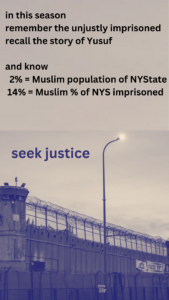









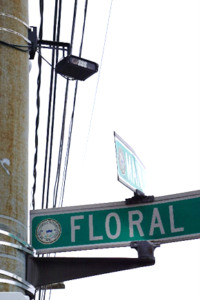

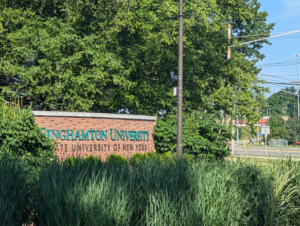
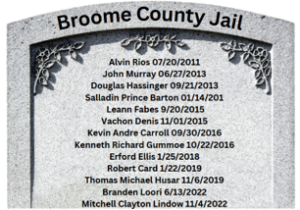 yet another report of an unnecessary death in the BC jail due to medical maltreatment, in a story laying out the malfeasance of the jail’s private medical provider that pursues profit at the cost of death. This time
yet another report of an unnecessary death in the BC jail due to medical maltreatment, in a story laying out the malfeasance of the jail’s private medical provider that pursues profit at the cost of death. This time 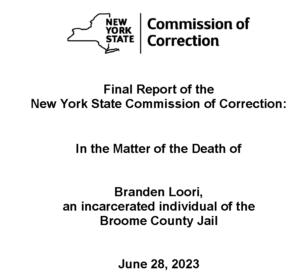


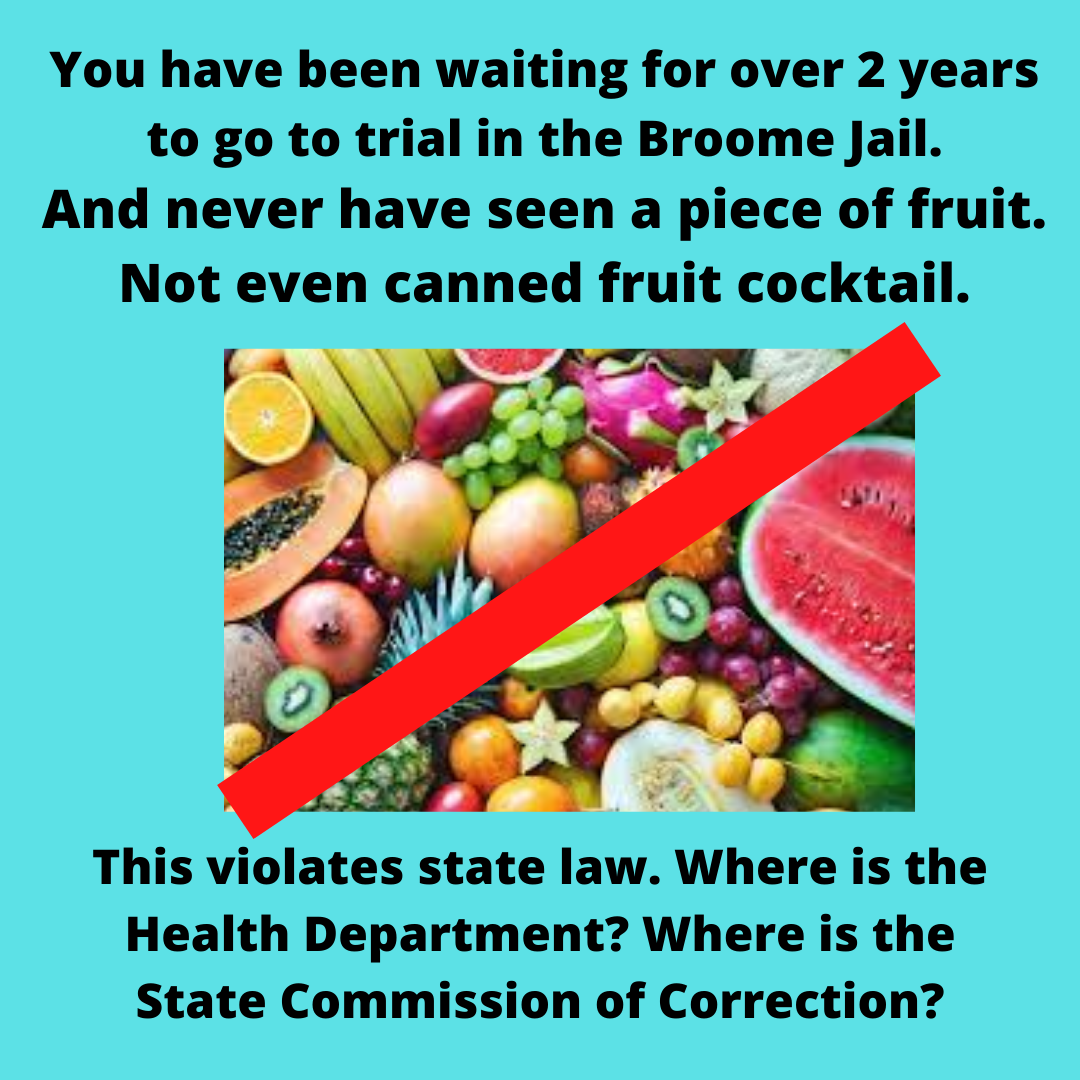

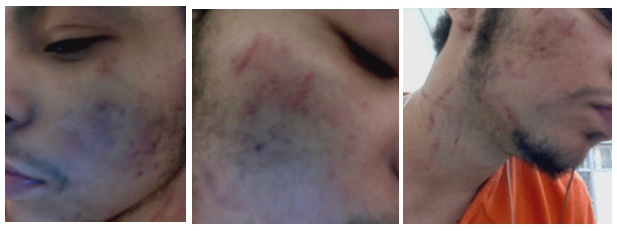





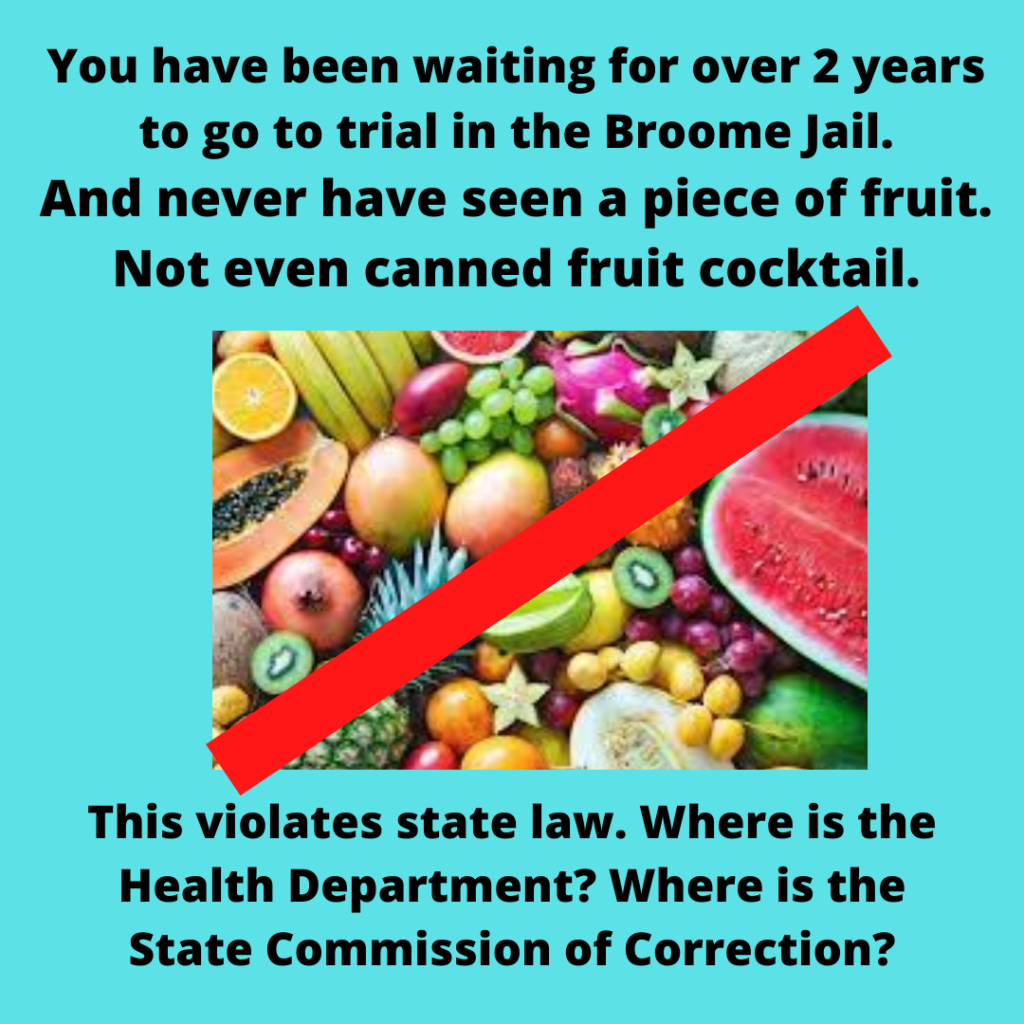

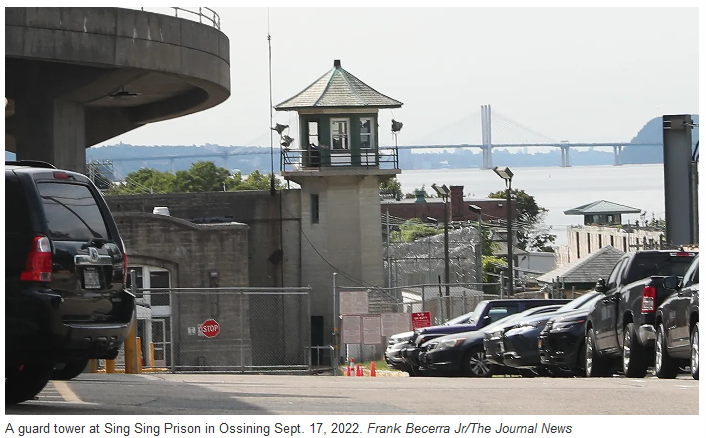

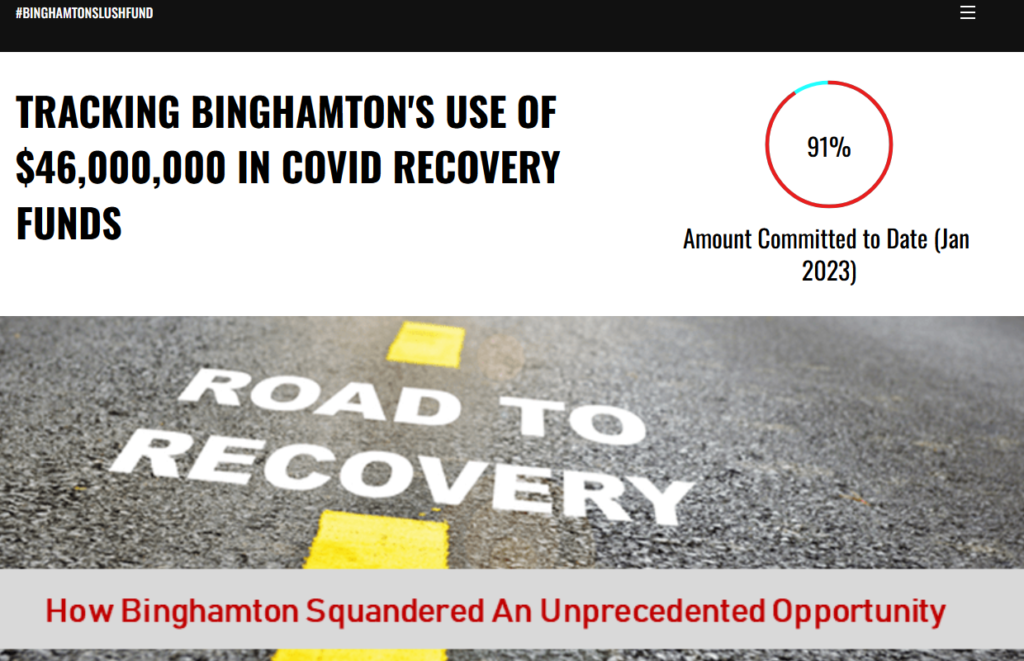


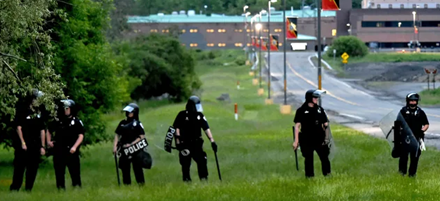

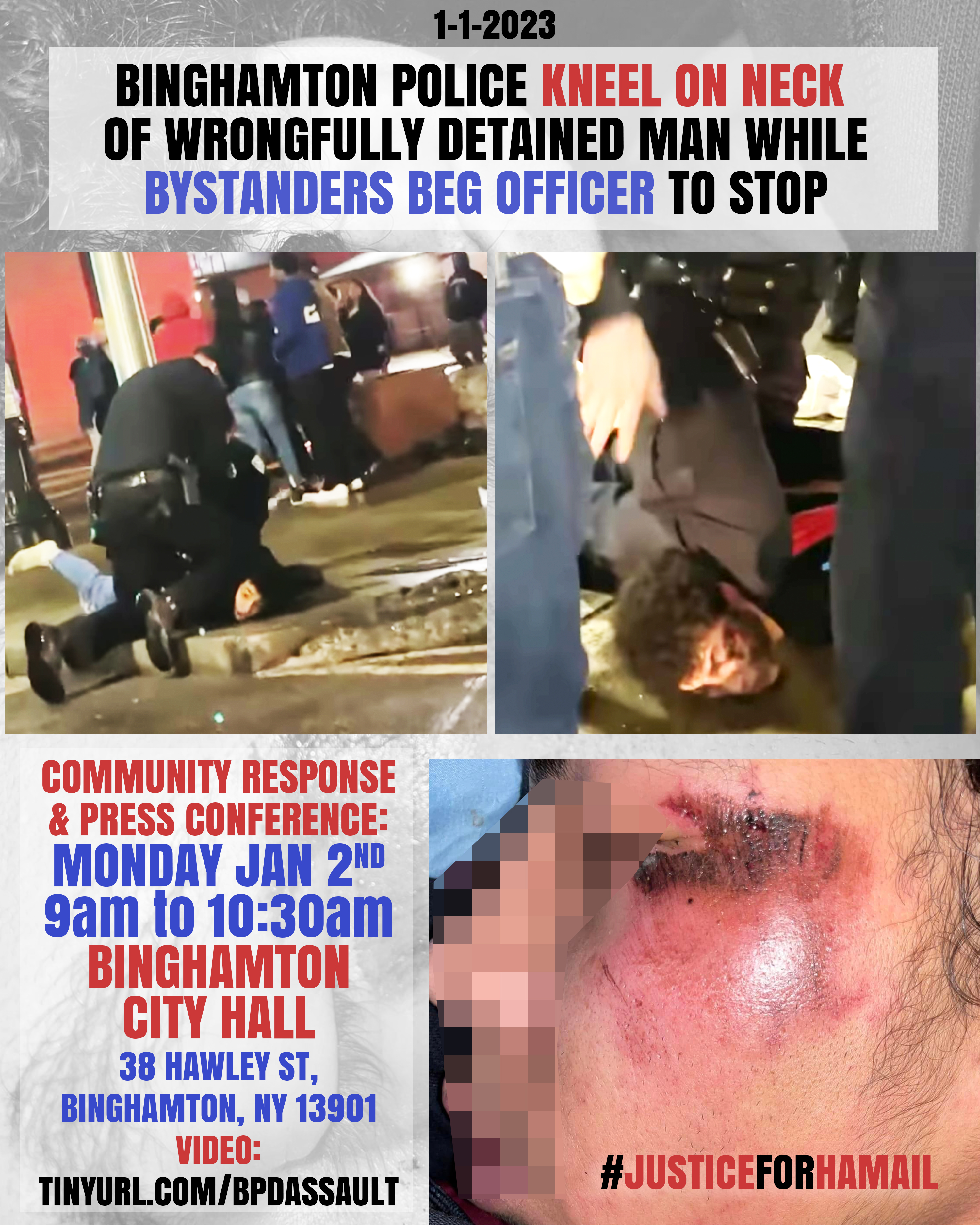
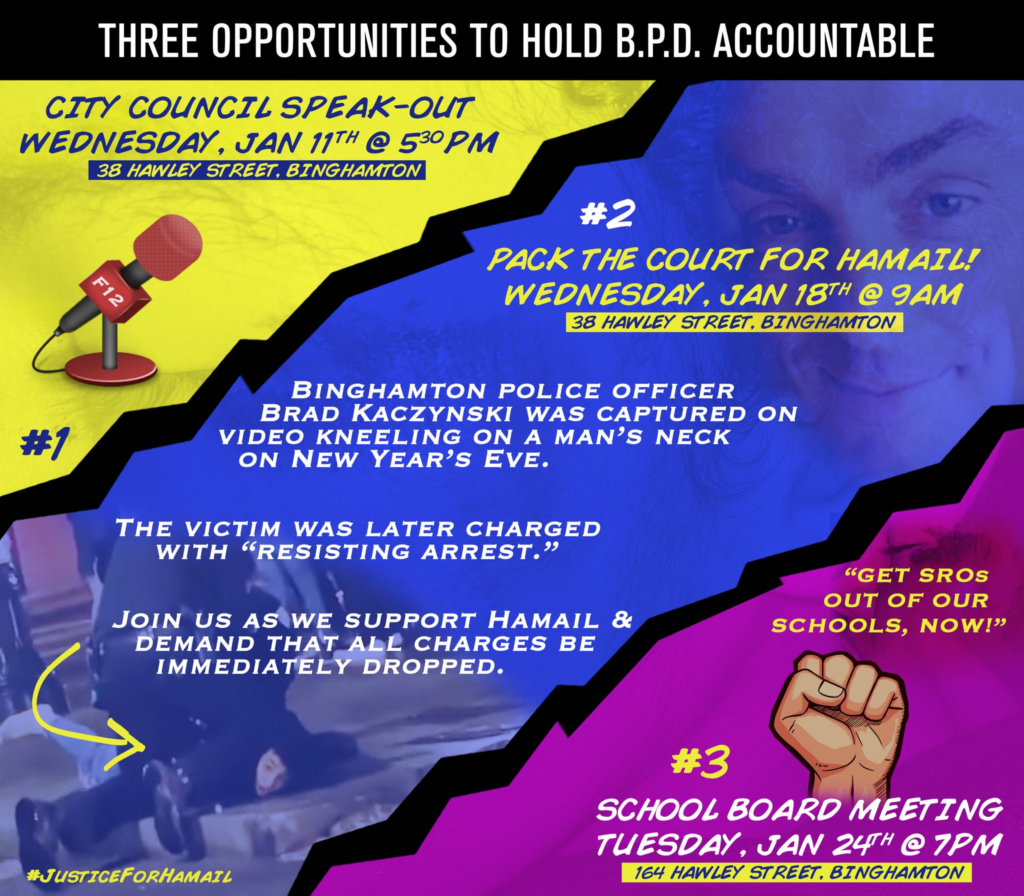


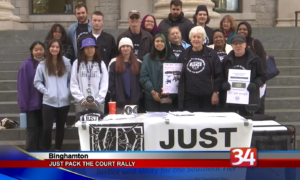
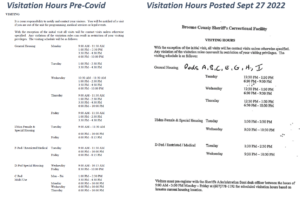
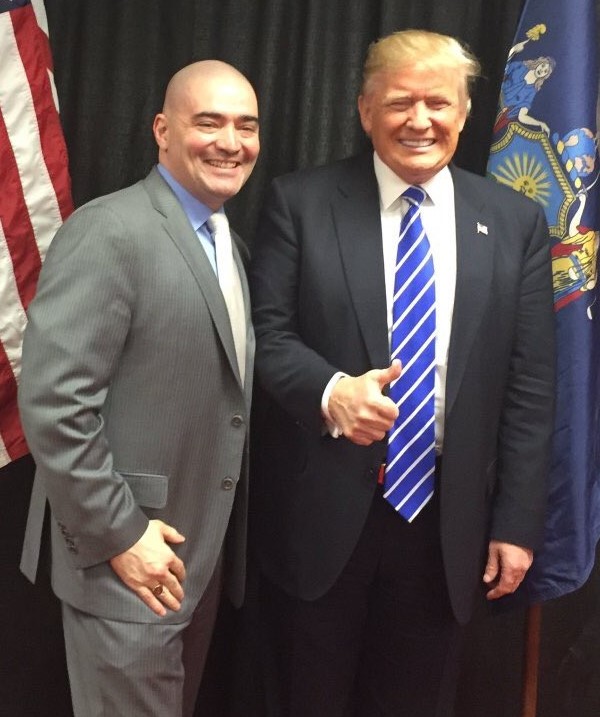




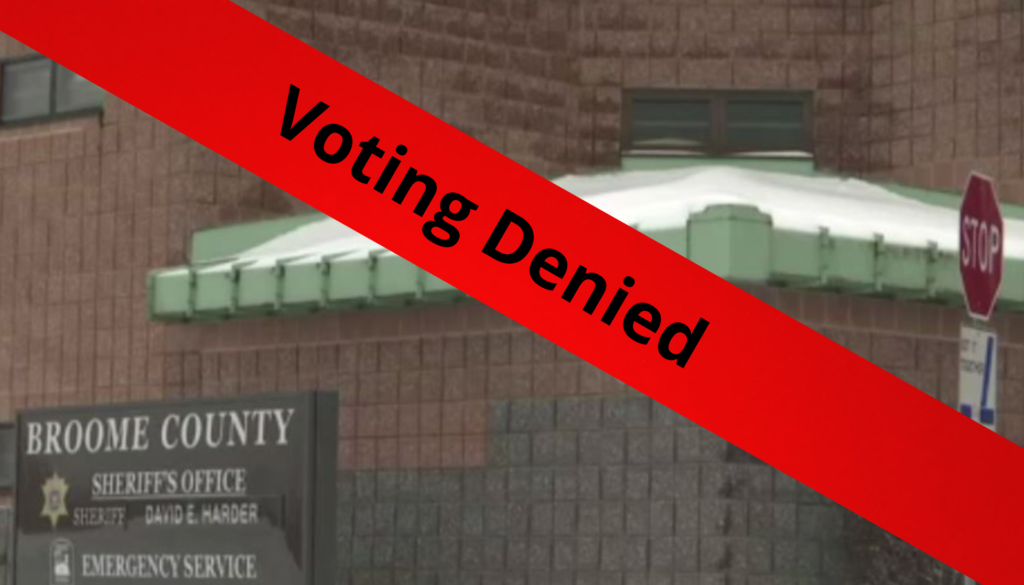






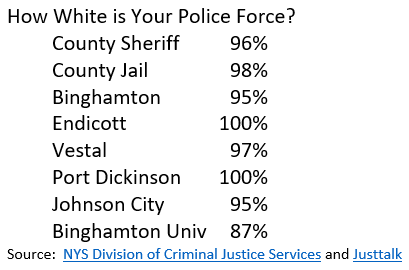







Recent Comments